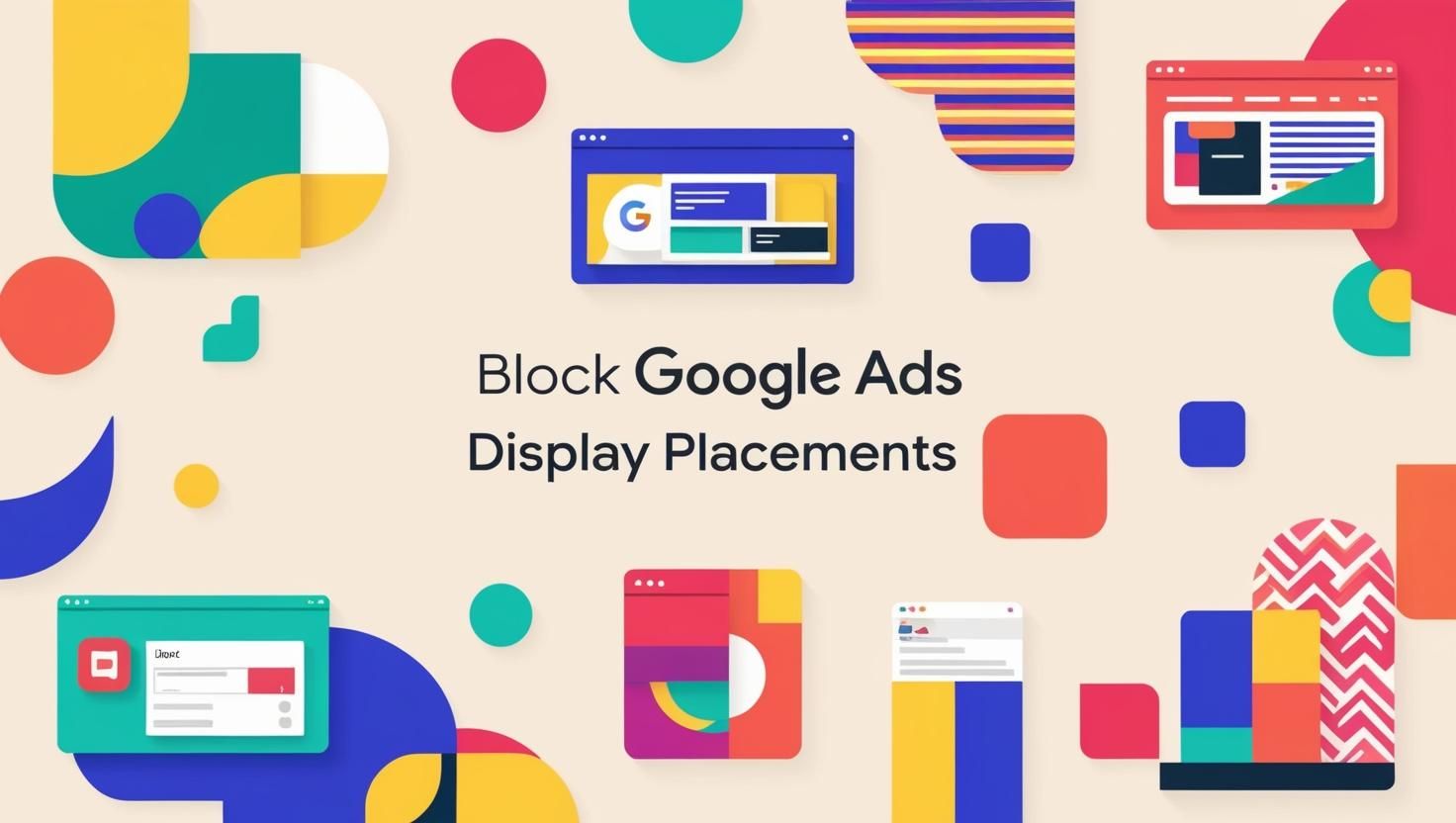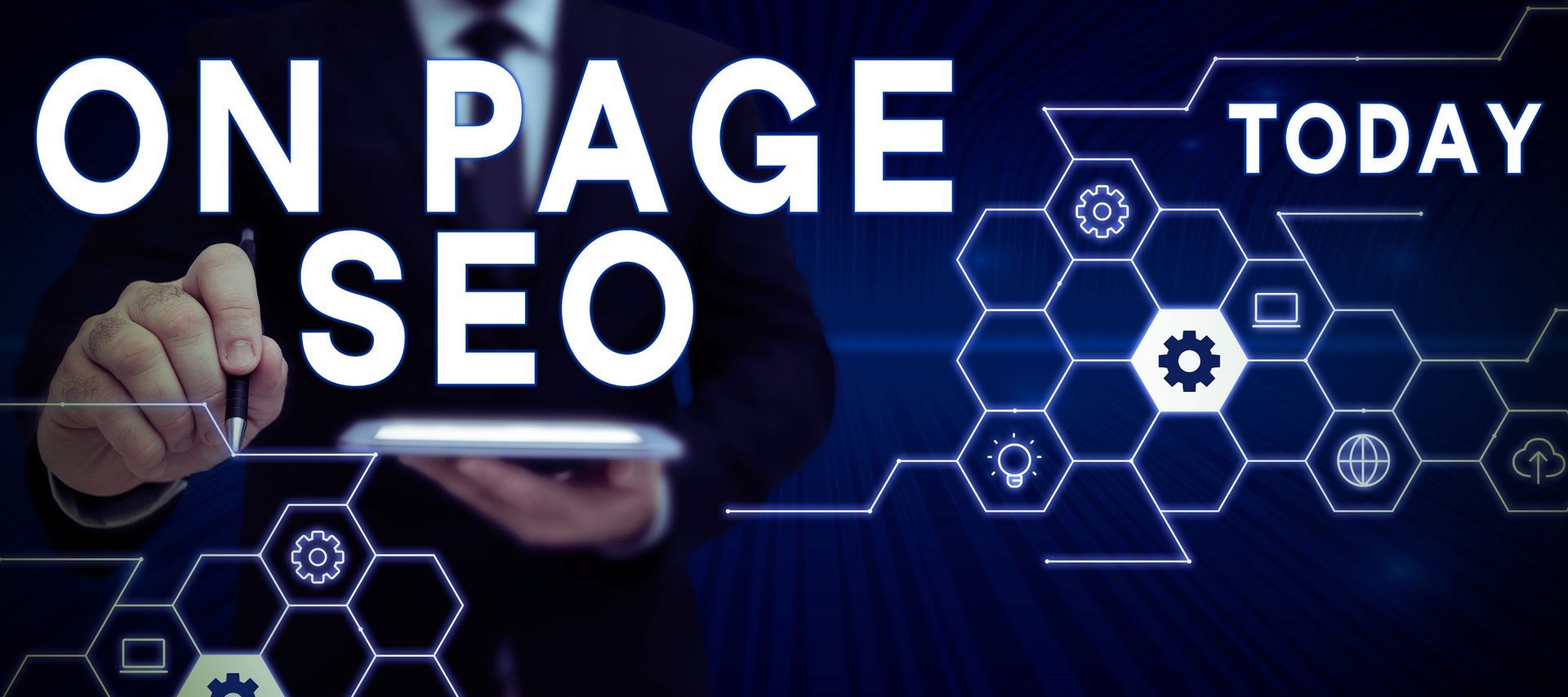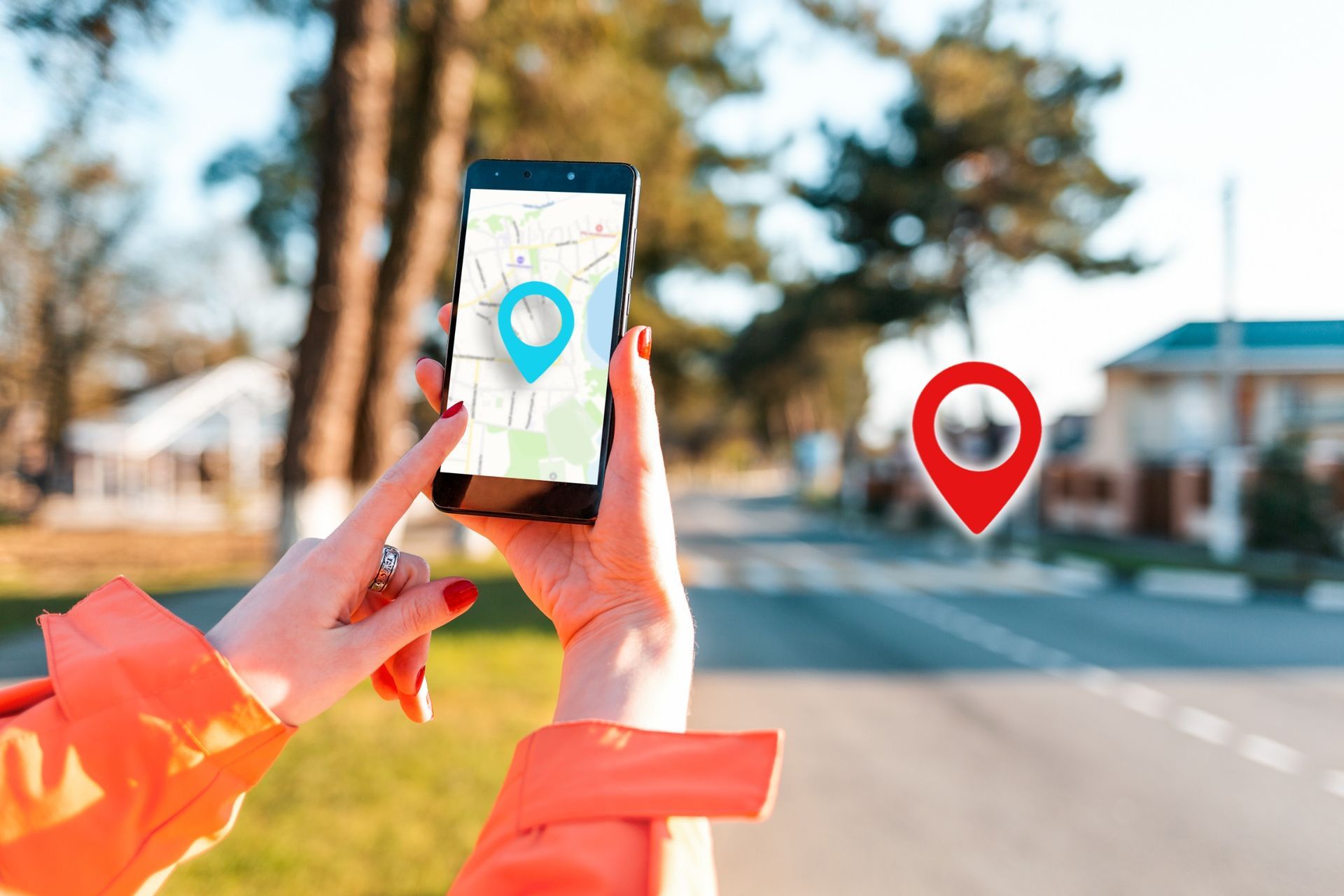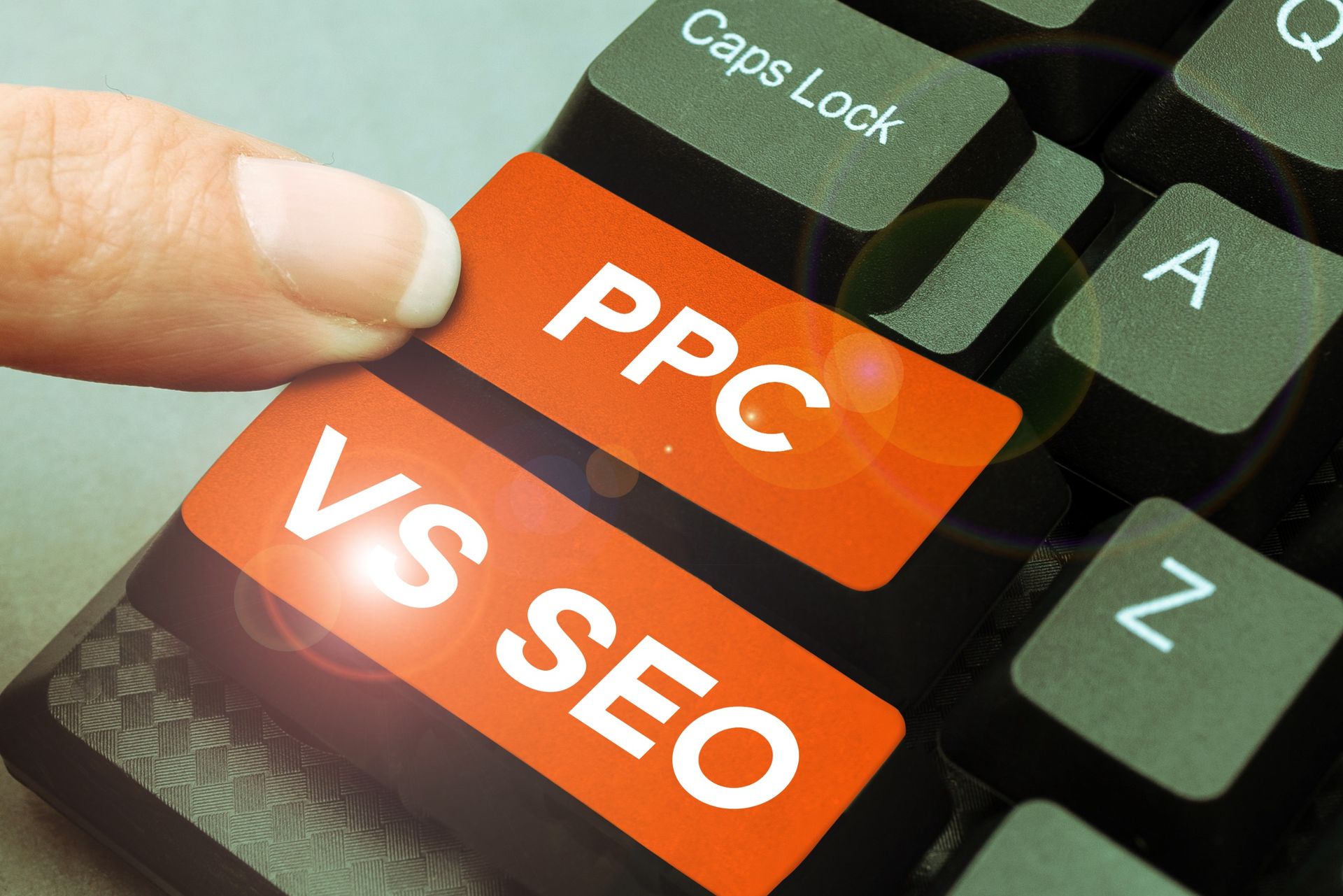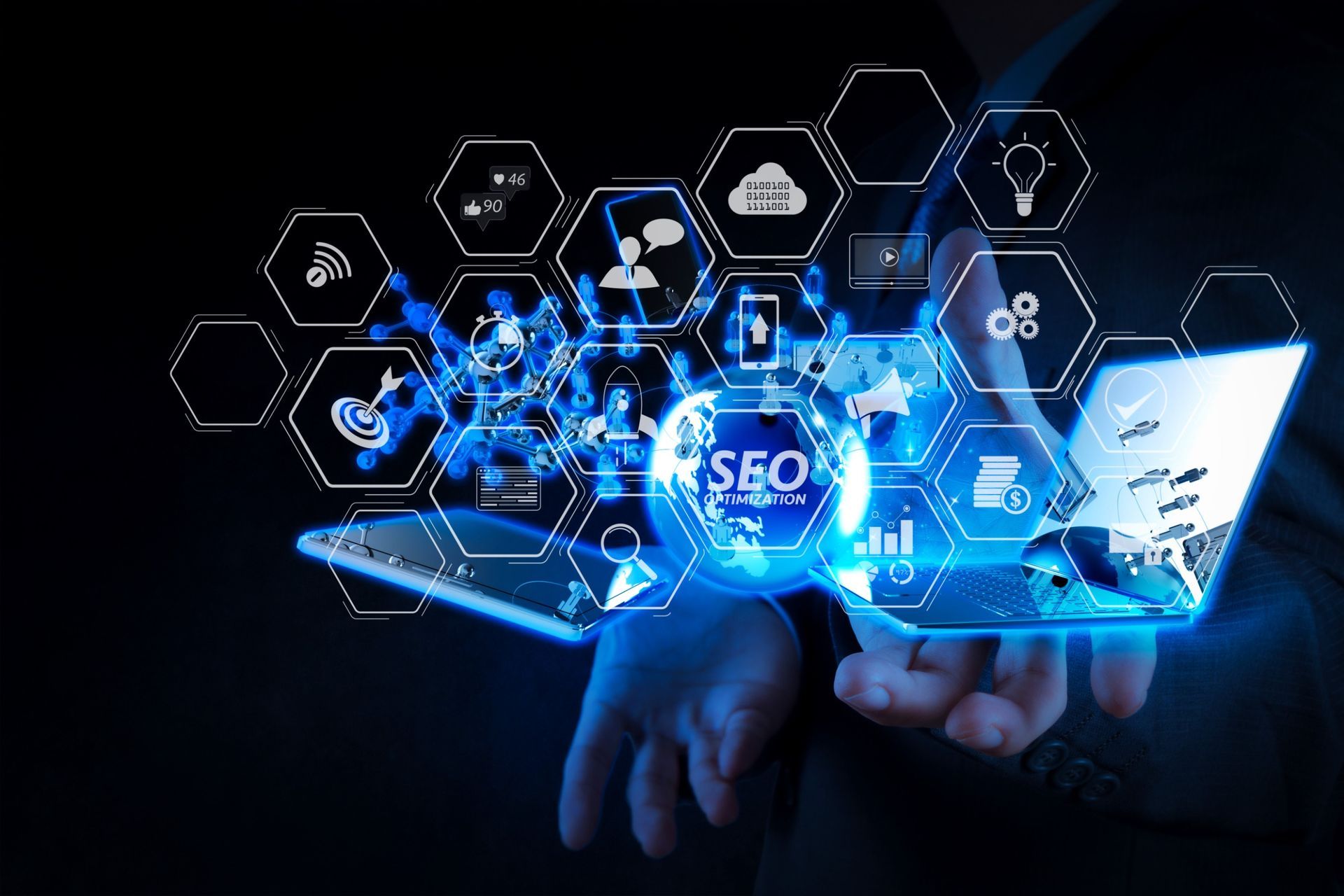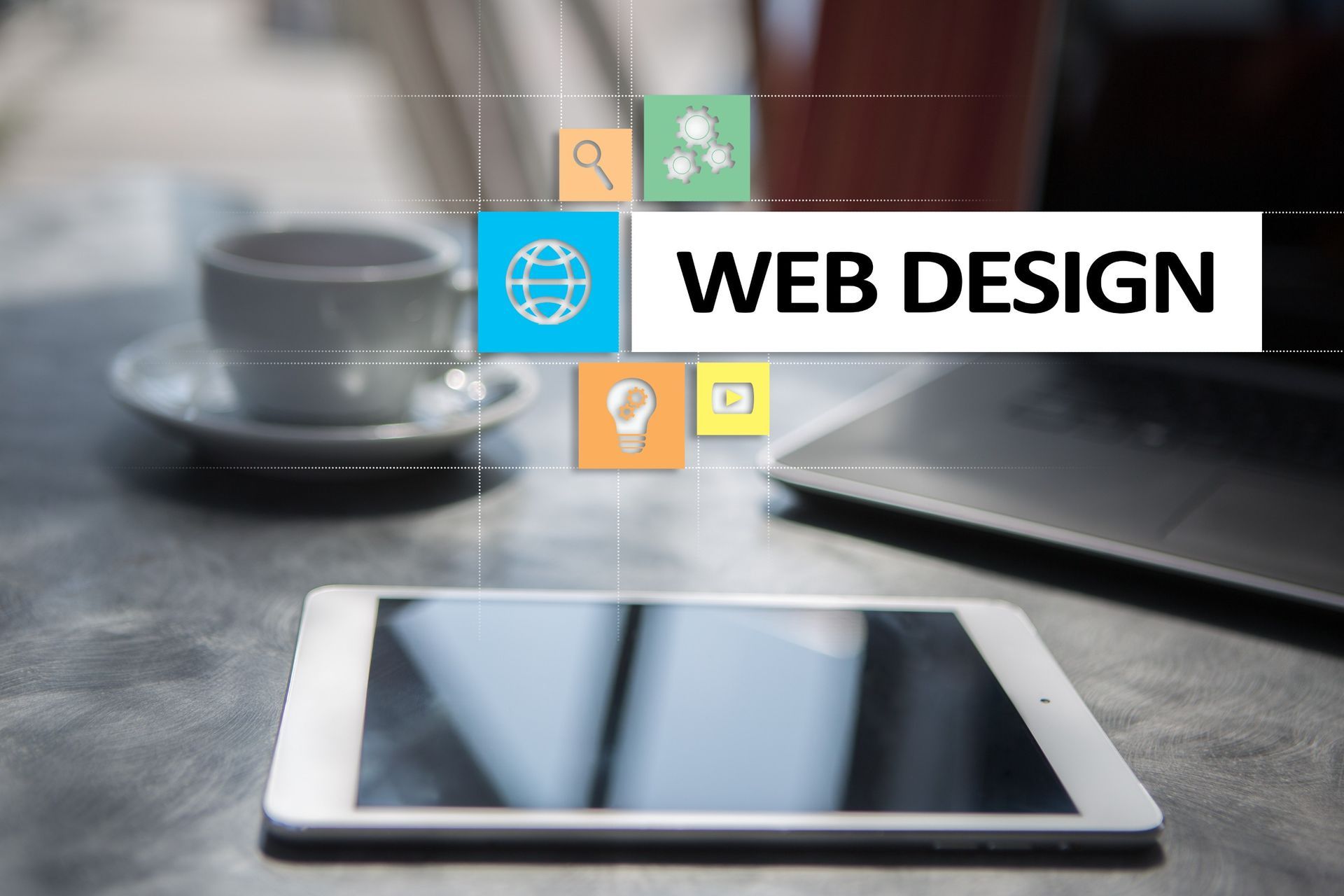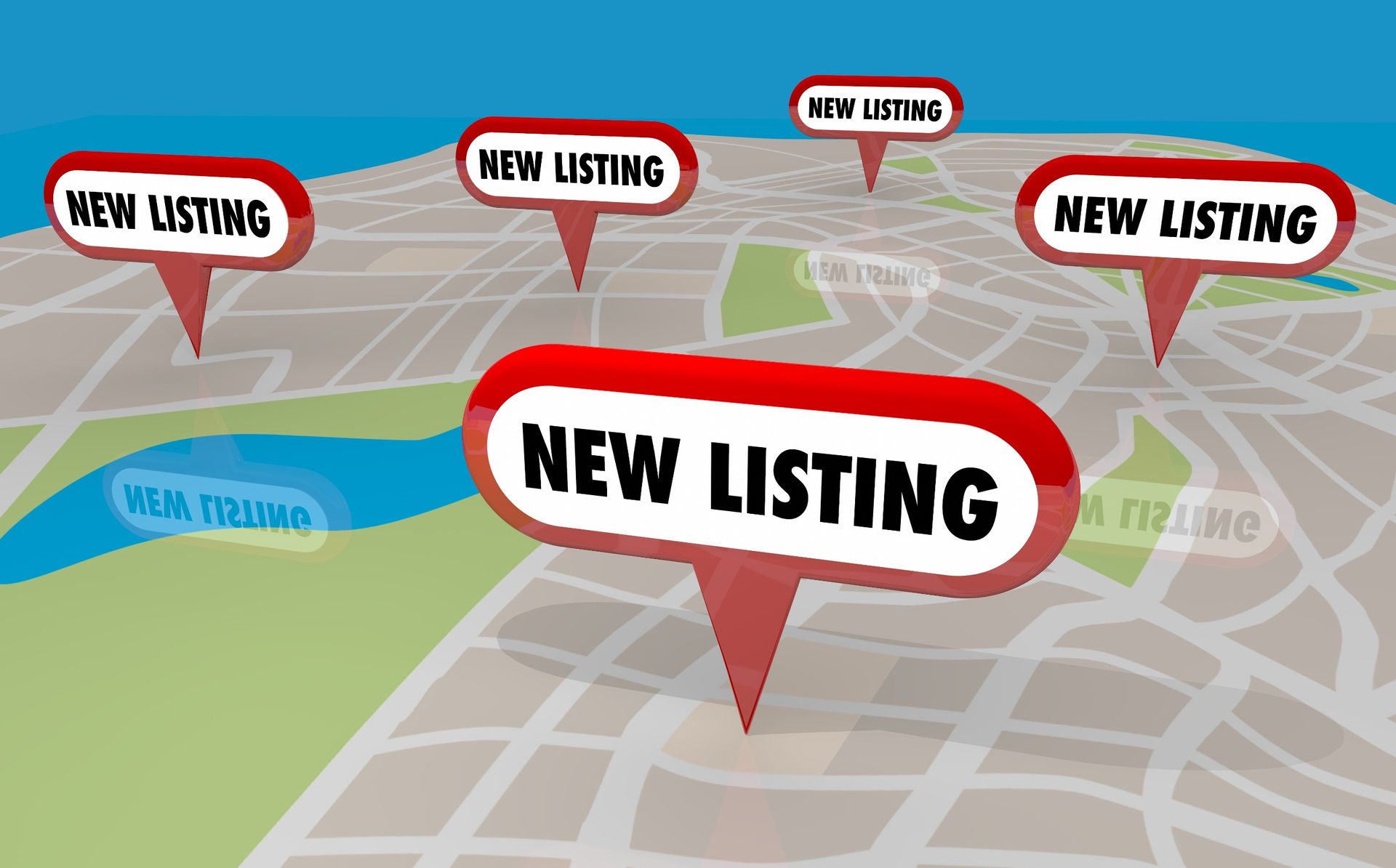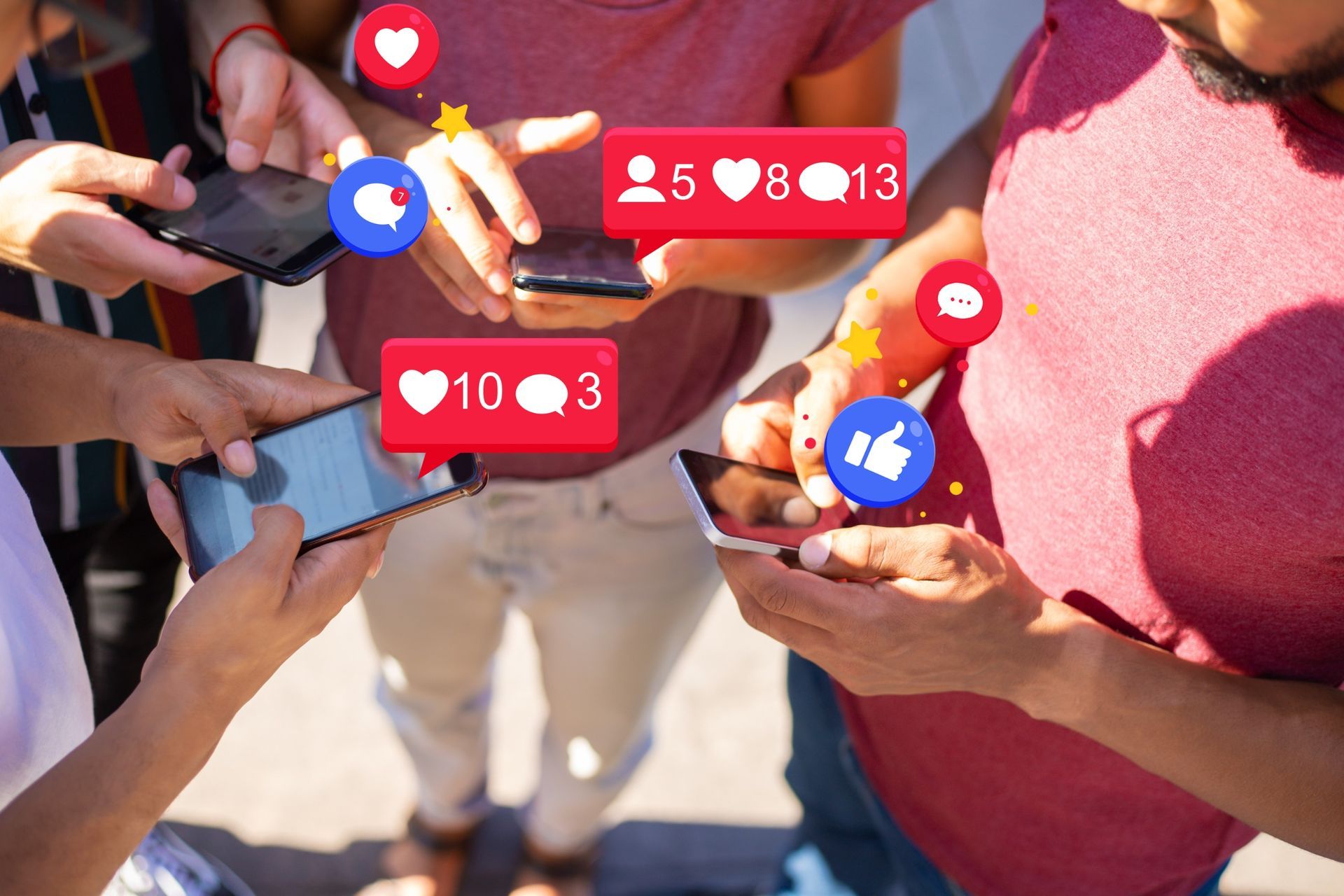Mastering the Art of the Sales Funnel: A Step-by-Step Guide to Boosting Conversions
n the bustling digital marketplace, a well-structured sales funnel is your secret weapon to not just selling but to building an empire.
The term "sales funnel" has become the buzzword of modern business strategies, and for good reason – it outlines the customer's path, from brand discovery to making a purchase, and even beyond in the nurturing of a long-lasting relationship.
Here, we'll unravel the intricacies of constructing and optimizing a sales funnel that propels conversions, engages your audience, and solidifies your brand.
Understanding the Sales Funnel: A Deeper Look
At its core, the sales funnel represents the steps a potential customer goes through before they convert into a paying customer. The metaphor is straightforward – as prospects move through the funnel, they are fattened by successive marketing actions until they are pushed out of the bottom and into the purchase.
However, grasping the nuances of each stage and tailoring your approach to each customer's progression is critical to funnel success.
Navigating the Sales Funnel Stages
- Awareness: At the wide mouth of the funnel, the customer realizes they have a problem. Content at this stage should be about education and brand recognition to capture attention.
- Interest: Once aware, the customer seeks a solution. Provide valuable information to build trust and position your brand as a potential answer.
- Consideration: The customer is now considering their options. Your content should demonstrate why your solution is superior through comparisons, case studies, and testimonials.
- Intent: The customer has made the decision to purchase; it's time for clear calls-to-action (CTAs) and a streamlined path to the sale.
- Evaluation: The buyer evaluates their experience. Post-sales content can include tutorials, thank-you notes, and surveys to gauge satisfaction and set the stage for future interactions.
With this understanding, it's now time to craft a funnel that guides customers seamlessly from one stage to the next.
Crafting the Perfect Sales Funnel
Step 1: Define Your Ideal Customer Journey
Begin with detailed customer personas for each stage of the funnel. Understand their pain points, motivations, and behavior at each step. Map out their ideal experience with your brand, from the first touchpoint to the final sale. What channels will they use to discover your brand? What content types resonate with them?
Step 2: Create Compelling Awareness Content
At this stage, you're casting a wide net. Your content should be high-value and non-salesy to capture the attention of potential customers. Techniques like SEO, social media, and content marketing are crucial to getting your content in front of as many eyes as possible.
Step 3: Cultivate Interest Through Value-Driven Content
Once you've grabbed attention, it's time to pique interest. Utilize blog posts, videos, webinars, and lead magnets to showcase expertise and value. Build an email list to continue the conversation and stay top-of-mind.
Step 4: Nurturing with Consideration Content
Email marketing really shines in the consideration stage, delivering targeted content such as whitepapers, case studies, and client testimonials. Retargeting ads focused on specific products or services can also work wonders at keeping your offerings in front of potential customers as they evaluate their options.
Step 5: Driving Action with Intent-Oriented Tactics
The intent stage is your cue to ramp up the urgency. Use limited-time offers, high-converting landing pages, and frictionless checkout experiences to guide your customer towards the purchase. Make it as easy as possible for them to say 'yes.'
Step 6: Delighting Post-Sale
The sale is just the beginning. A personalized follow-up, excellent customer service, and rewarding loyalty programs will enhance a customer's experience, encouraging repeat business and referrals.
Implementing Automation and Analytics
Modern sales funnels thrive on automation. From email marketing campaigns to lead scoring, automating certain processes frees up time for strategic planning and personal touches where they count.
Leveraging Automation Software
Choose a robust marketing automation tool that can handle multi-channel marketing, lead nurturing, and analytics. Look for features like A/B testing, CRM integration, and detailed reporting.
Analytics and Iteration
Effective sales funnels are data-driven. Regularly analyze your funnel's performance. What's the bounce rate at the top? How is that converting to the middle? What's the drop-off at the bottom? Use this data to iterate, continuously optimizing your funnel for better results
In Conclusion
A successful sales funnel isn't about chance; it's about a concerted and strategic approach to guiding your customer towards a satisfying purchase.
By understanding the stages, crafting compelling content, and leveraging automation and analytics, you can build a funnel that not only converts but also builds lasting customer relationships.
Remember, a funnel is never truly finished; it's a dynamic model that must evolve alongside your business and customer needs. Now is the time to put these strategies into action and watch your conversions soar.
About Whale Traffic
There is no one better to be on your side if you are embarking on your marketing journey and looking for a reliable and experienced partner to handle your digital advertising.
We have worked with clients across industries and sectors and have helped them achieve their marketing goals.
Our talented team has expertise in several marketing channels and platforms and works together to hit the mark! Our services include display ads, search ads, social ads, and more. You can reach us at 18446994253 or fill out our contact form to know more.
